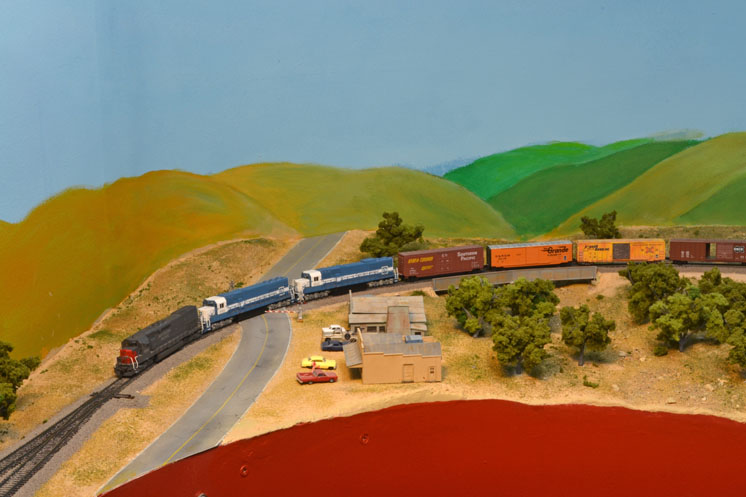
Why horseshoe curves work better in N scale: Caliente, Calif., is a little town on the Union Pacific between Bakersfield and Tehachapi. Fans of the railroad’s Tehachapi Pass know Caliente for its horseshoe curve; the rest of the world likely has never heard of it. If you’re modeling Tehachapi Pass, as I am, Caliente will […]
Read More…

Easier access to sneak track: Like model railroaders in other scales, most of us N-scalers are natural-born cheaters when it comes to layout planning. We set our design parameters, but then we start compromising them. Hey, it won’t hurt if we make this one curve a little tighter, or this aisle just a few inches […]
Read More…
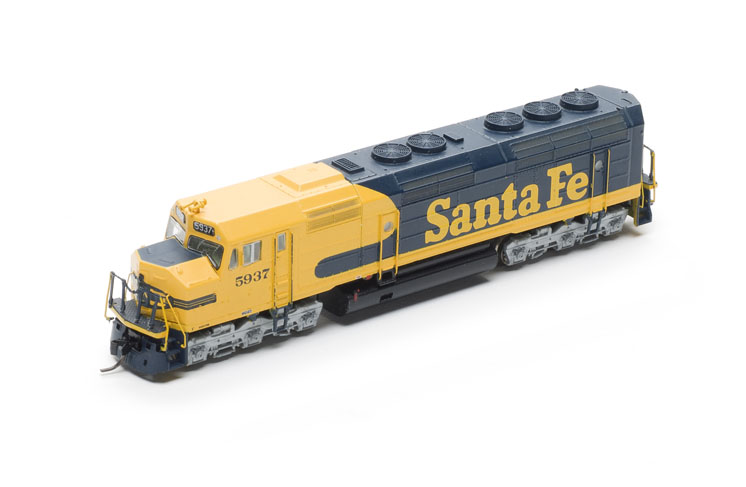
Resurrecting N scale engines: Several years ago I bought a couple Athearn N scale Electro-Motive Division (EMD) F45 locomotives that came with factory-installed Digital Command Control (DCC) sound decoders. I was thrilled. Only two railroads had ordered these big engines, and one was my beloved Santa Fe. (The other was Great Northern, also well-liked.) The […]
Read More…
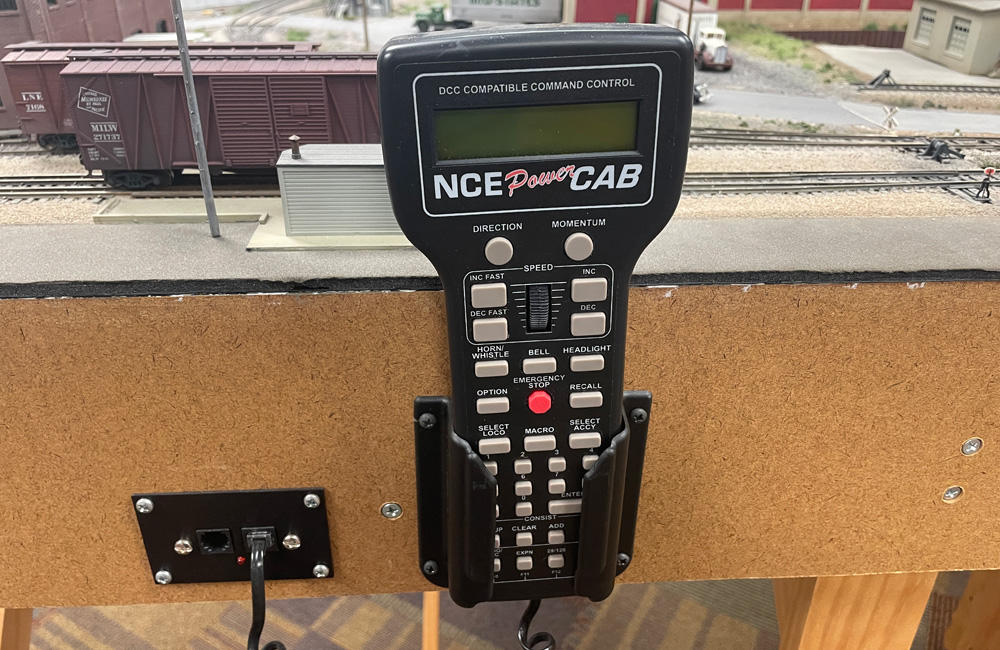
Thanks to these model railroad fascia fixtures, your layout’s fascia can do more than give the edge of your layout a finished look. That stretch of tempered hardboard, medium density fiberboard, plywood, or linoleum can also serve a practical purpose. Consider adding some of these model railroad fascia fixtures to make life easier for your […]
Read More…

Tips for N scale figures: The biggest advantage of N scale is its small size. This advantage has been gaining importance ever since N scale first appeared in the late 1960s, and particularly since the 1990s, when N scale came of age. This is because since the 1960s, prototype locomotives and cars have been getting […]
Read More…
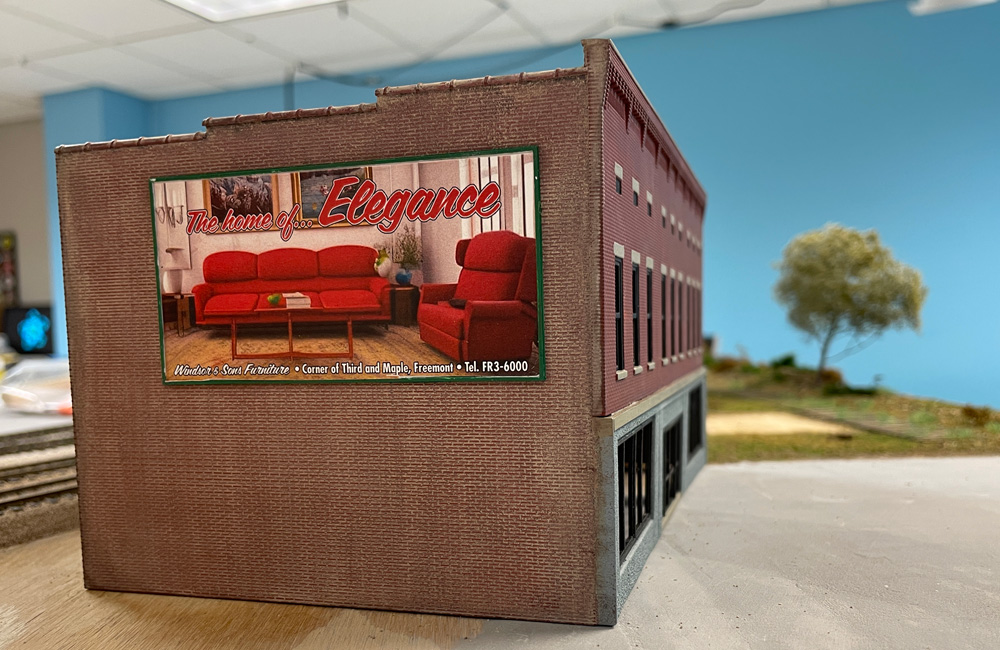
Here’s how you can make a billboard, poster, or wall sign from an AI-generated image for your model railroad layout. Artificial intelligence generators have been in the news lately as writers, artists, and other creative types debate the possibility of computers taking over their jobs. Although AI-generated art is not good enough yet to replace […]
Read More…
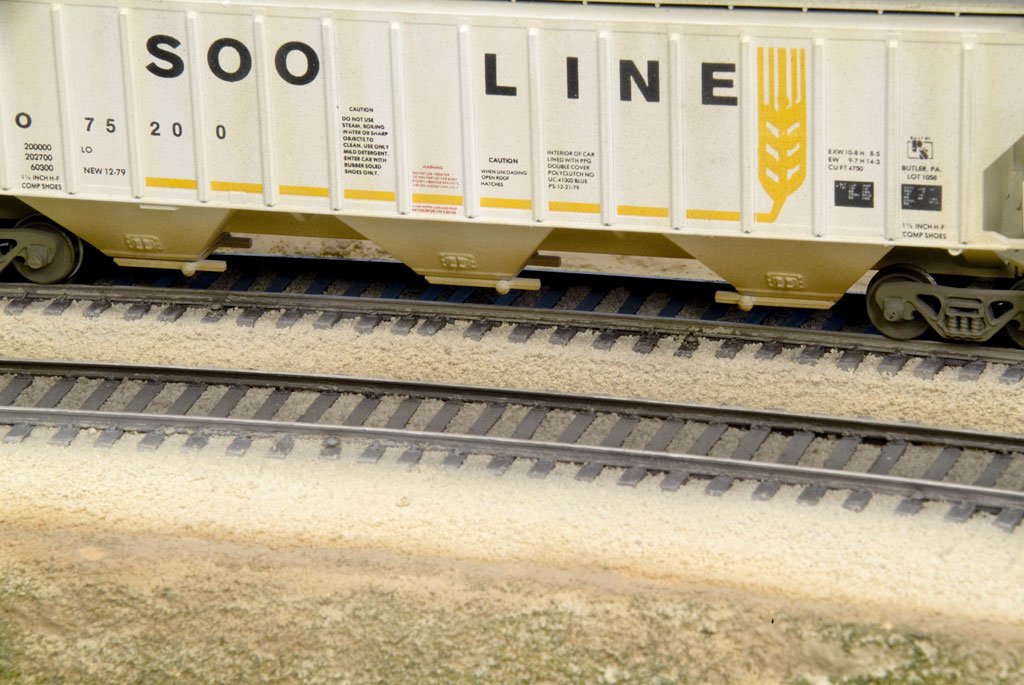
Track ballasting made easy: Model railroading is fun, right? Well, most of the time it is, but there are some aspects of this hobby that make us shudder. And judging by the questions we receive, one thing many of us don’t enjoy is ballasting. However, adding ballast (the rocks between the ties and along the […]
Read More…
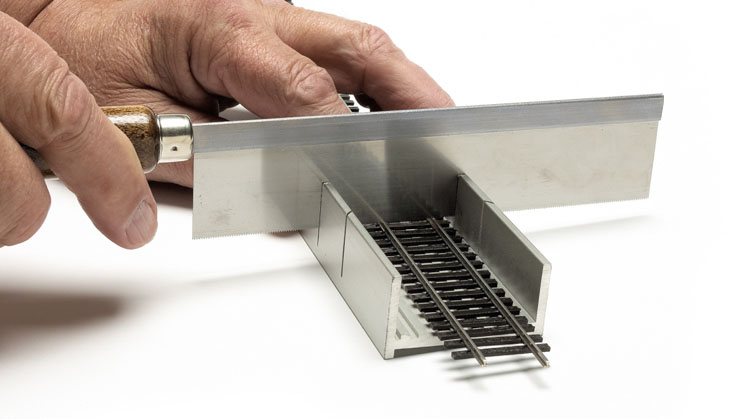
How to cut and fit sectional and flextrack: Cutting rail is a common activity that becomes important as soon as anyone begins building a model railroad. Small layouts built with sectional track generally fit together pretty well, but when flextrack is used, it’s often necessary to trim the rail ends to fit. Most flextrack is […]
Read More…

Roadbeds made easy with foam: Plywood has been the primary material for model railroad bench tops for many years. In many situations, though, I’ve found that extruded-foam insulation board is a viable alternative for bench tops built on either flat surfaces or open grids. With proper support, the rigid foam can easily hold anything a […]
Read More…
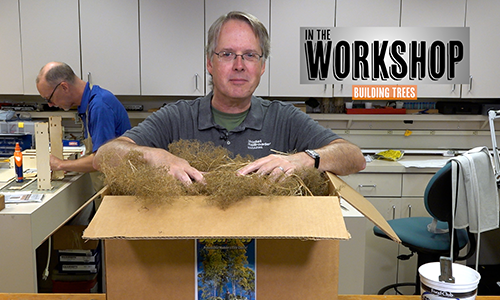
As work on the HO scale Freemont Mills model railroad continues, Eric White shares his technique for making realistic trees from scratch! The Super Trees natural product is at the root (pun intended) of all his work. After he shows how to model these trees, Eric also demonstrates helpful hints for installing them on a […]
Read More…
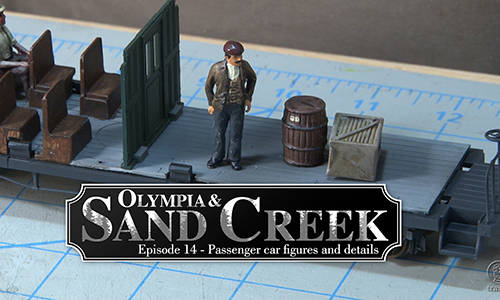
Before David jump into detailing the interior of his combine car, he first looks to add a tried but true structure from the original Olympia Logging layout display! Watch to see how he plans to revamp and return Eric White’s scratchbuilt sawmill structure (a building front) to service in a new, but similar position on […]
Read More…
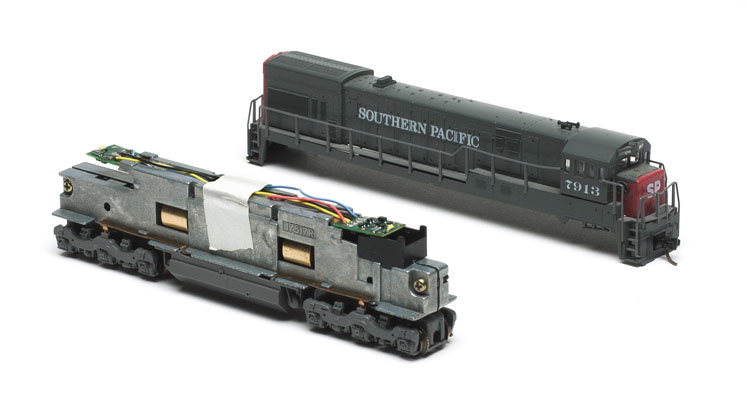
DCC decoder advice for N scalers: Any argument about powering a layout with Digital Command Control (DCC) ended for me many years ago. If you have more than one locomotive it’s the way to go, and the easiest way to get going is to purchase engines that come with the decoder already in there. This […]
Read More…












